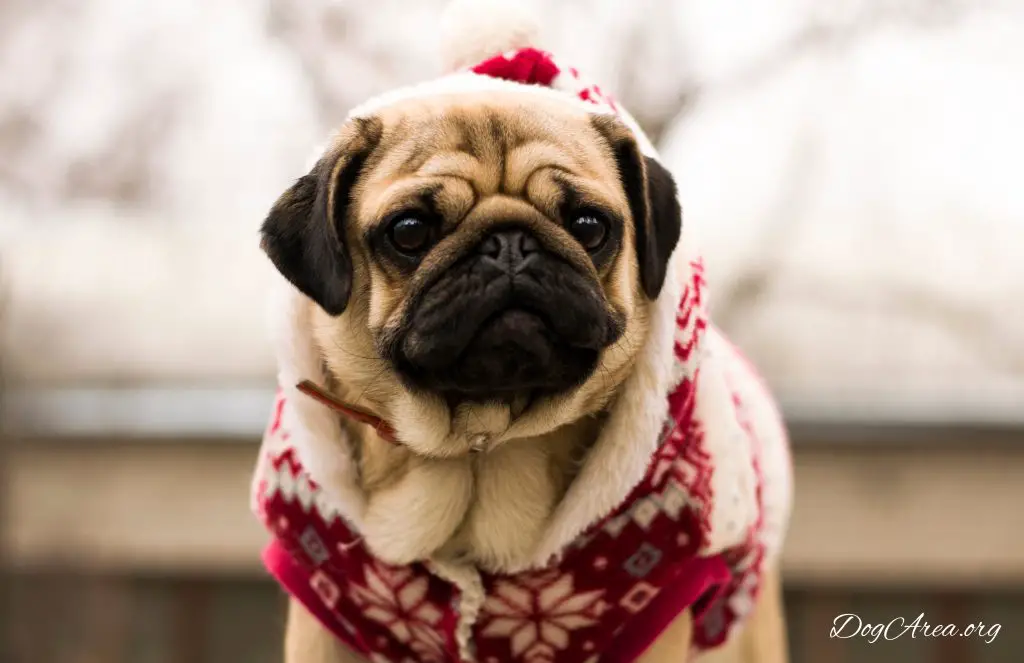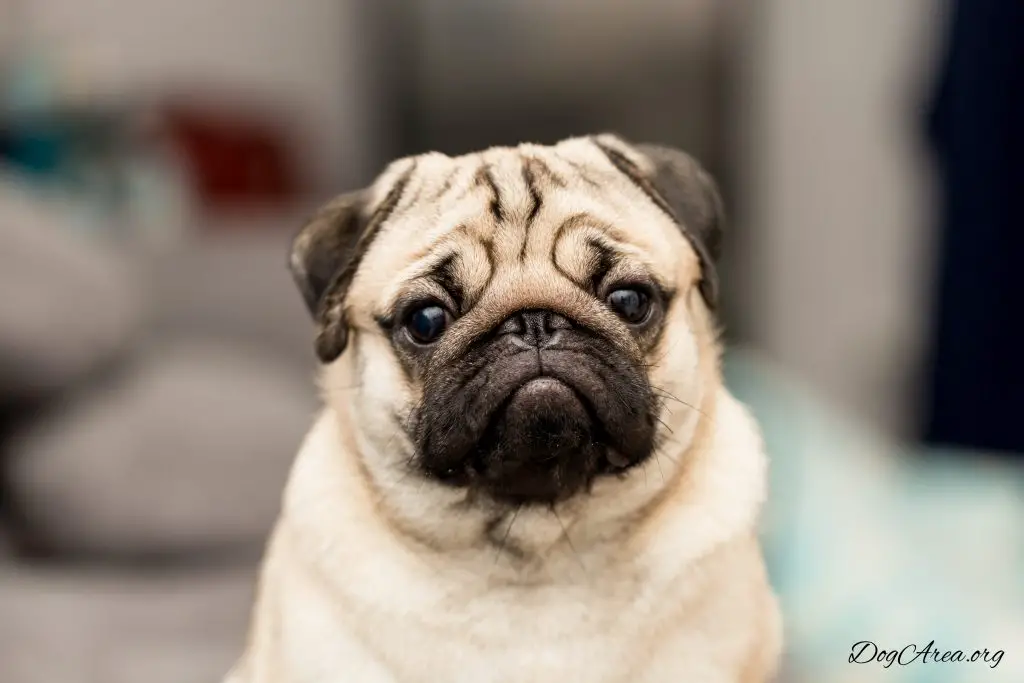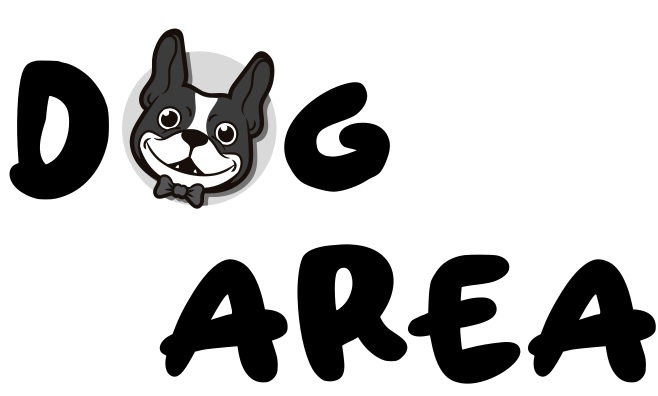12 Secrets About the Pug That Will Make You Love Him Even More!
If you are here, you are like us: you love the Pug. And you certainly want to know more.

Well, without trying to keep your attention focused to anything else that what we promise, let`s get into it!
Pugs Are Smart “Creatures!”
When it comes to the Pug`s intelligence, you`ll be happy to know that canines of this breed are quite smart. However, training can sometimes be quite challenging as they can be a bit wilful at times.
Pugs are intelligent dogs that are able to learn from the mistakes they make. But the downside with this type of dog is that they lack instinctive intelligence.
This is the result of them not being bred for a rather specific purpose. The really strong point with these dogs is that they have powerful adaptive intelligence.
Pugs Like to Cuddle
If you own a Pug for the first time, you probably feel the need to hug them all the time. And who can blame you?
The little fella is always aiming to please you. So, it`s only natural that you feel the need to cuddle your new friend with all the chances you get.
Does a Pug like to cuddle? Yes, absolutely! Pugs love to cuddle with any member of their family. They even feel this need more than other dog breeds. One could even say that Pugs are natural cuddlers.
They Shed … a Lot!
So, do pugs shed a lot? These cute little pets are seen as heavy shedding dogs. Unlike other canines that only shed in various seasons, Pugs shed constantly.
Rather similar to other breeds, the hair of this type of dog goes through a 3-step growth process, rest and then fallout. However, a Pug will go through this specific cycle a little faster than other breeds of similar size.
So, why do Pugs shed so much? Well, there`re several reasons why they have this tendency.
Most canines of this breed have a double coat. This includes an inner hair layer that is softer, and a shorter outer hair layer that is thicker.
Due to the double coat, Pug shedding has double the chances to occur compared to breeds with one single coat.
Besides, compared to 100 – 200 hairs held for one square inch found in dogs of other breeds, Pugs have around 600 hairs per square inch. Generally speaking, the more hair a dog has, the more shedding will occur.
Taking Care of the Pug`s Wrinkles
This dog`s wrinkles are among their greatest features. From more than 300 breeds of dogs, only a few have really natural wrinkles, giving the Pug an amazing uniqueness.
Contrary to other dog breeds that were bred with skin folds to aid fend off any wild animal assaults that could have happened, it isn`t the case when it comes to pooches of this breed.
Pugs were cherished and adored as indoor companions, and it`s believed that this breed has wrinkles just for aesthetic purposes, hence why they look so adorable.
As a general rule, owners of Pugs should know that their wrinkles have to be kept dry and clean. Moisture, little food bites or debris can get trapped between these wrinkles rather easily.
If they aren`t cleaned on a regular basis, funny smell might begin to happen, becoming irritating and even leading to possible skin infections.
It isn`t enough to just clean them during baths! They have to be cleaned at least 3 times each week, and ideally, on a daily basis.
It just takes a couple of minutes and it can play an important role in keeping them free of itching, smell or infections.
They Aren`t Great Swimmers
There`s a general misconception that states that all canines are able to swim just due to their natural instinct. This might be accurate when it comes to some dogs, but it isn`t always true.
The ability of a dog to swim can usually be based on several factors, like breed, age, size, experience or weight.
So, can a Pug swim? Not really! Dogs of this breed aren`t able to swim, not too well anyway! This is generally the case when one lacks the right equipment or training. A Pug isn`t a natural born swimmer!
A Pug`s Eyes Pop Out
The short and fast answer is that Pugs are from the brachycephalic breed, which means short-nosed with profound-eye sockets.
They are predisposed to proptosis, meaning their eyes might pop out if their skin is pulled too much or because of a possible trauma. This medical condition occurs because they have bulging eyes.
Sadly, this health problem not only affects Pugs, but other brachycephalic breeds as well, like Shih-Tzu, Pekingese or French bulldog.
Pugs & Pregnancy
Just as with all dog breeds, a typical pregnancy of a Pug lasts around 63 days or 9 weeks. Still, this might vary by a couple of days depending on a few different factors. A Pug exhibits a large range of symptoms throughout a pregnancy.
The actual pregnancy is generally divided into 3 distinct stages: early, middle as well as final stage. Every stage lasts around 20 days and includes physical signs and other obvious changes in the behavior of your canine.
A vet can run various tests and determine a lot more accurately when your Pug should give birth.
Pugs Aren`t Aggressive
If you are thinking to get a Pug dog, you probably are wondering whether they are family friendly or aggressive canines.
Every breed out there has its very own features which make up their overall requirements, temperament, health-related issues and maintenance.
Pugs aren`t aggressive dogs! However, this does depend on a specific fact: whether or not they`re socialized the proper way from when they are only puppies.
No matter the dog type, it is essential to get them to socialize from an early age.

Pugs Don`t Bark a Lot
Some dog owners will tell you that a Pug doesn`t bark. This isn`t too further from the truth, but it`s not quite accurate. They do bark, but not so much. A pug is most of the time a quite dog.
The only sound they`ll make is when they get a bit excited, and this will be rather similar to an “yip” or a yodelling sound.
Sometimes, a Pug can make a lot of noise and become really loud, especially when a new guest enters their house.
And even though aren`t seen as the most protective dogs in the world, they sometimes turn into real watch canines when a stranger is around.
They Sometimes Drool Excessively
To some extent, all dogs out there drool. Are you wondering if Pugs drool a lot?
Well, brachycephalic breeds have a tendency of slobbering quite a lot. This happens due to their exposure to heat, compressed jaws as well as large loose lips. When being overheated, it`s quite normal for your Pug to drool.
Drooling may occur around:
- Overheating
- Food
- Injuries
Still, Pugs don`t drool excessively in general. If this should happen, it may be due to a specific medical condition, such as dental diseases, allergic reactions to a flea product, consumption of an irritating substance, immune type diseases, tumors or foreign object.
They Also Get Dry Noses
Perhaps you didn`t know this, but the moist skin of the nose of your Pug is able to capture scents a lot more effectively than your own. This is the tool that your canine will use to understand everything around them.
Things can be more serious if your Pug experiences a medical condition known as hyperkeratosis or nasodigitalis. In short, this is a more serious nasal dryness form that can be experienced by certain dog breeds.
This condition is marked by a nose crust formulation in excess known as keratin, a particular type of protein excessively developed.
Hyperkeratosis has unknown origins and is a life-threatening condition. Sadly, a lot of vets consider this as nothing more than a cosmetic problem.
Canines that rely on a healthy nose to interact with the environment will make them very uncomfortable if they have dry noses.
Pugs Don`t Like Being Left Alone
When talking about separation anxiety in dogs, we refer to a canine experiencing an upsetting reaction when left alone. This is something different than just dogs missing their owner.
It involves feelings of isolation that may become overwhelming at times and which might manifest in various ways.
Once a Pug is left alone, one of the following are generally present:
- Depression
- Whining and/or barking
- Panicked behavior
- Destructive chewing
- Restlessness
- Self-licking
- Drooling in excess
During adulthood, Pugs are just fine when left alone. They do not need that much energy and do not mind that just laying in bed for hours.
If you think to leave your little pal for 8 hours or more during a day, you might want to confine him to a particular area of the house.
Final Conclusion
Obviously, there are lots of things to mention about this great dog breed. But for now, we have resumed at only these few ideas that are meant to help you improve your knowledge about our beloved – the Pug.
